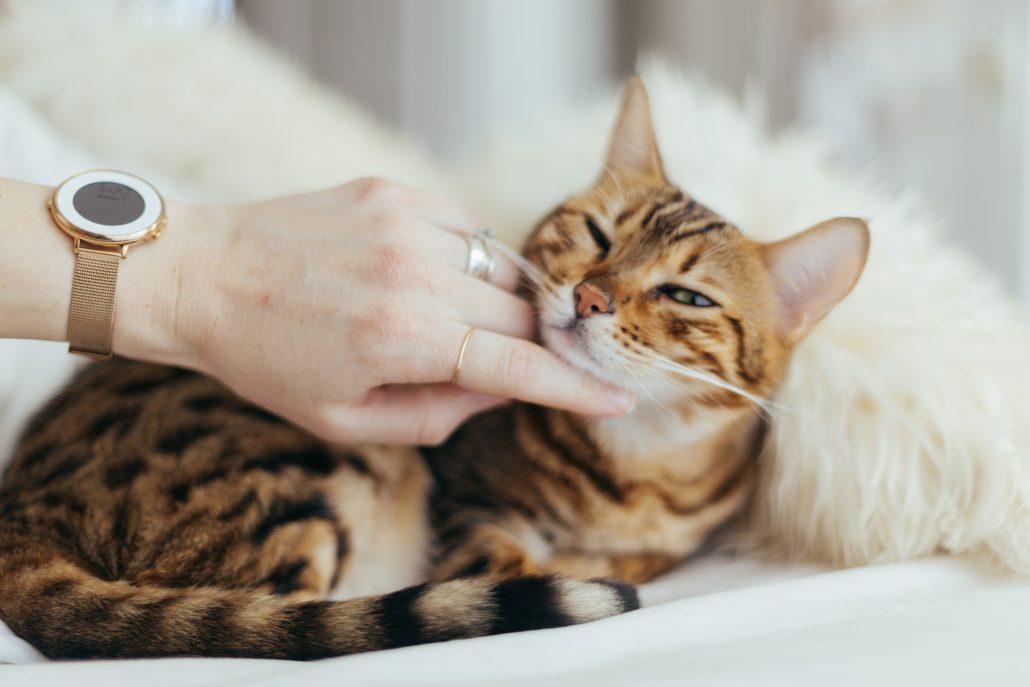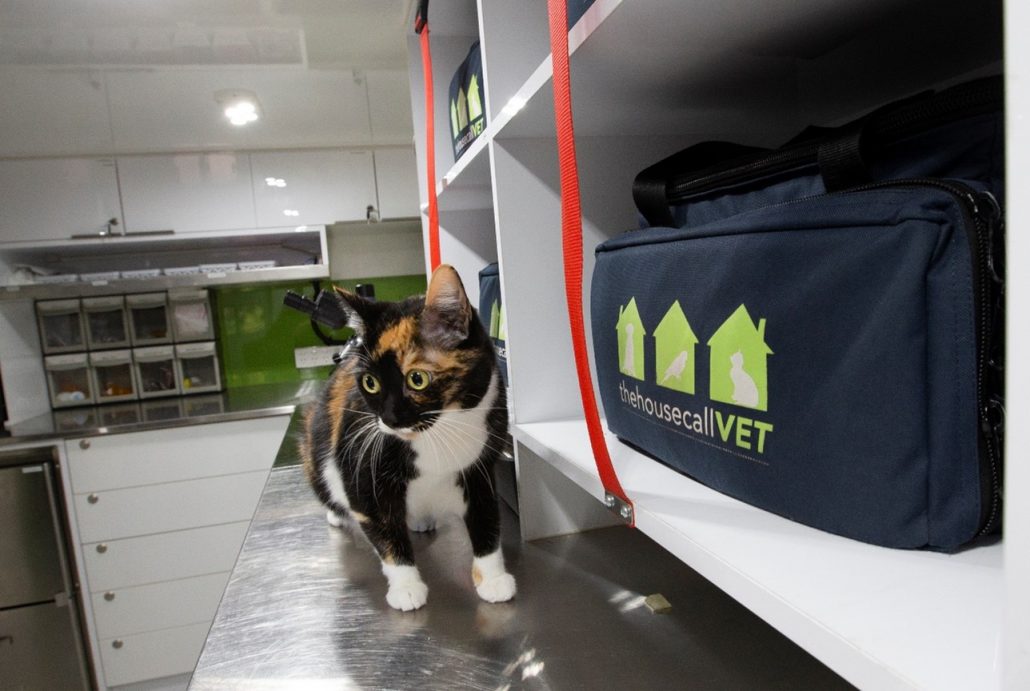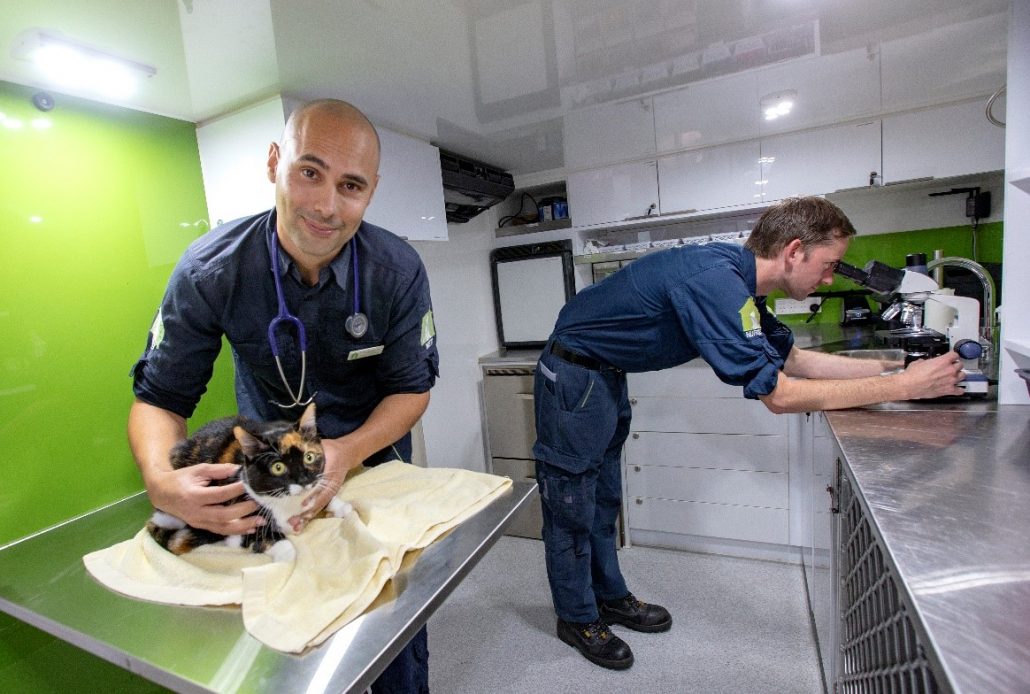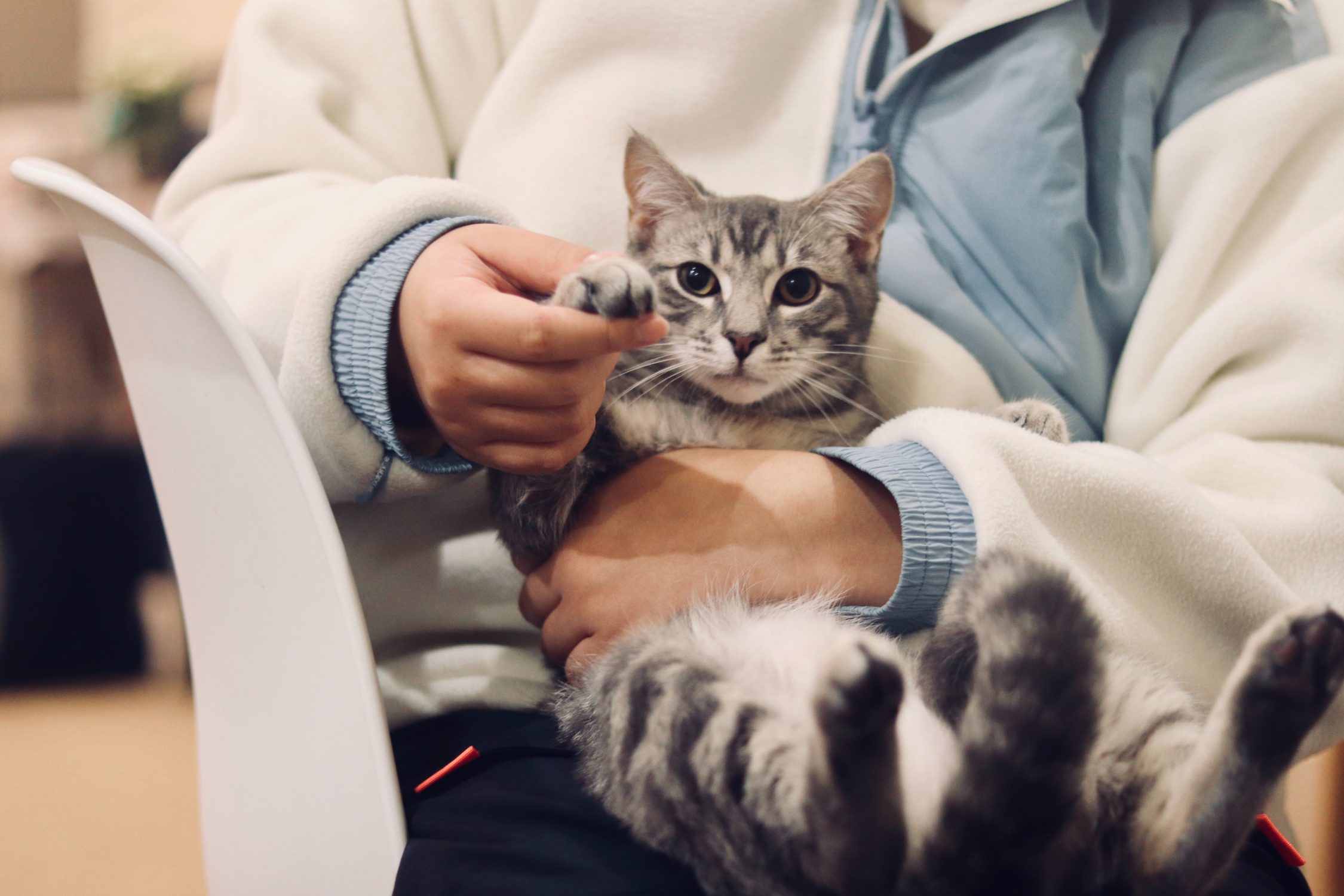A Cat Owners Guide To FeLV
Most cats are self-sufficient and adventurous with many who love to explore their surroundings. However, the more an animal explores, the greater their risk of running into danger.
Feline Leukemia Virus is one of these dangers that cat owners need to be aware of. It is a highly contagious virus that can be deadly to cats, with symptoms that can range from mild to severe.
In this guide, we’ll go over what you need to know about Feline Leukemia Virus, how it’s transmitted, the symptoms to look out for, and the treatment options available.

What Is Feline Leukemia Virus?
Feline leukemia virus (FeLV) is one of the most common infectious causes of death in cats across the globe. It is highly contagious and is easily spread from one cat to another through infected bodily fluids such as saliva, blood and urine.
Some cats have higher risk factors to develop FeLV. Kittens and immune-compromised cats are more susceptible to contracting the disease. Cats can also be born with the virus if their mothers were infected.
Types Of Infection
There are four different types of infection. These are abortive, regressive, latent, and progressive.
Abortive infections:
This refers to exposed cats who produce an effective and early immune response. Viral replication does not occur, and virus-infected cells are eliminated. These cats test negative for circulating viral antigen.
Regressive Infections:
This refers to a limited viral replication, where a small population of virus-infected cells remains. These cats often test negative, but the virus can still be detected in a small percentage of blood cells via a PCR test. Fortunately, this infection is not contagious and can be eliminated completely.
Latent Infections:
This is where a moderate amount of infected cells remain. Similar to regressive infections, cats may test negative for the antigen, but test positive with a PCR. The infected cells do have the potential for the virus to re-activate, but the cats are not contagious as long as the infection remains latent.
Progressive Infections:
This reflects where the virus replication occurs so both viral antigen and genetic material can be detected in the blood. The cats actively shed the virus (primarily in saliva and faeces), and are likely to become ill with FeLV-related disease.


Signs And Symptoms
A FeLV-positive cat may experience a variety of symptoms. Some cats can remain asymptomatic for long periods of time, which means it’s essential that cat owners are always taking steps to minimize their risk of infection.
The signs and symptoms that may be present in a FeLV-positive cat include:
- Weight loss
- Diarrhea
- Loss of appetite
- Inflamed lymph nodes
- Fever
- bladder, skin, & respiratory infections
- Weakness
- Infertility
Your veterinarian can diagnose the disease by conducting a simple blood test. Additionally, your veterinarian may recommend blood chemistry, haematology, x-rays, a bone marrow aspirate, or special antibody testing.
Treatment For FeLV
Presently, there is no cure for a FeLV infection. Although a diagnosis of FeLV can be emotionally devastating, it is important to realize that there are treatment options available to help infected cats live long and healthy lives.
Typically the survival time of diagnosing cats are 2.5 years. The first step is to ensure that the cat is kept indoors and neutered to prevent them from infecting other cats. Additionally, any cats in the household that are negative for FeLV should be vaccinated to reduce the risk of infection.
Careful monitoring of weight, appetite, activity level, elimination habits, appearance of the mouth and eyes, and behavior is an important part of managing this disease.
Regular veterinary check-ups and good preventive health care can help keep your cats feeling well for some time and help protect them from secondary infection. Twice-yearly physical examinations, testing, and parasite control can prevent complications and identify problems quickly.
Your Cat's Risk Factors
As a highly infectious disease, exposure to infected cats significantly increases the risk of your cat contracting the Feline Leukemia Virus. This is especially true for kittens and young adult cats. Older cats are less likely to contract the infection, as resistance increases with age.
Studies show that indoor cats are the least likely at risk of contracting FeLV, but the risk increases the more cats that are in a household with shared litter boxes water and food dishes.
Protecting Your Cat
One of the best ways to protect your cat from contracting FeLV is to keep them indoors and away from potentially infected cats. Any time you add a new cat to the household, whether a kitten or adult, he should first be tested for the virus and then vaccinated if tested negative.
In addition, vaccines should be administered, especially for cats at risk of high exposure. This includes cats who go outside or live in shelters and catteries. Only cats that test negative for FeLV must be vaccinated, and those that have not received the vaccine should be tested for possible exposure. Your veterinarian will suggest the best vaccination schedule to ensure your feline friend is safe and protected.

The Bottom Line
Feline Leukemia Virus is a serious disease that can be fatal, but with early diagnosis and treatment, many cats can enjoy long and healthy lives. As a cat owner, it’s important to be aware of the risks and take steps to protect your feline friend. Regular vet check-ups, indoor living, and vaccinations are an all-important parts of keeping your cat healthy and safe.
Let our experienced vets take care of your cat’s FeLV needs. From vaccination, regular check-up and treatment, we are here to help you and your cat live a healthy and happy life. Contact our experienced vets today for expert advice on managing this disease and ensuring your cat’s health.

